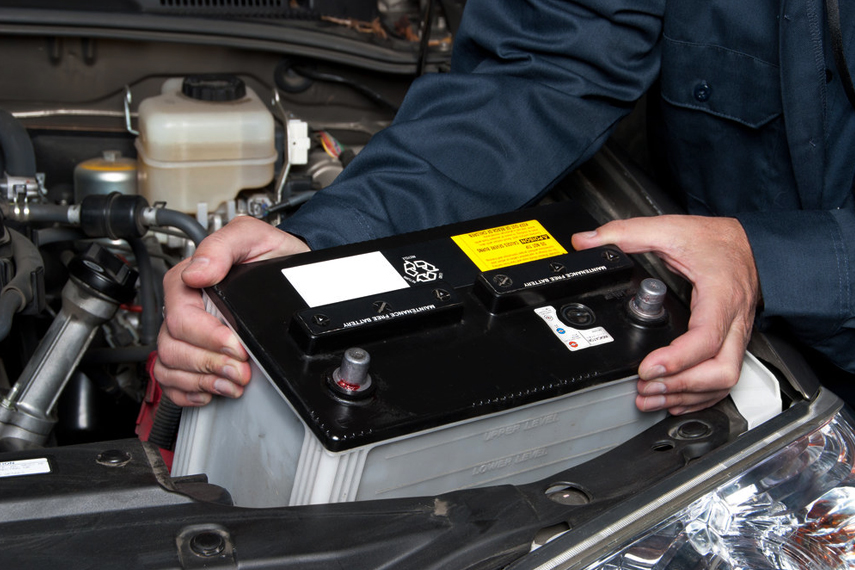
If you’re in a rush or stuck in an unfamiliar place, having your car battery die can be incredibly frustrating. In such situations, the best action is to find a nearby auto shop and replace it as soon as possible. But what if there are no shops around for miles? In situations like these, it can be beneficial to find a 24 hour car battery replacement service that can come to you. This article will explore tips for a quick and efficient car battery replacement that can save you time and hassle.
Check for Signs of a Dead Battery
Before looking for a replacement battery, ensure the problem is something other than something else. Sometimes, a car won’t start due to other issues, such as a loose battery connection, a faulty starter, or a blown fuse. Therefore, checking for signs of a dead battery, such as dim lights, slow engine cranking, or clicking sounds when turning the key, is crucial. If you need more time, try jump-starting your car with a booster pack or another vehicle, and see if it works.

Choose the Right Battery
Not all car batteries are created equal, so choosing the right one for your vehicle is essential. The battery should match your car’s make, model, and year, as well as its power requirements, reserve capacity, and cold cranking amps (CCA). You can find this information in your car owner’s manual or by checking the battery label. Please don’t assume that a bigger or more expensive battery is always better, as it may not fit your car’s battery tray or cause other issues.
Prepare for the Replacement
Once you have the new battery, you’ll need some tools and supplies to replace the old one. These may include gloves, safety glasses, a wrench or socket set, a wire brush or sandpaper, and a battery cleaning solution. Before you start, turn off the engine, remove the key from the ignition, and ensure the car is in the park or neutral with the parking brake on. Also, disconnect the negative cable first to avoid short-circuiting the battery.
Remove the Old Battery
To remove the old battery, you’ll need to loosen and remove the cables, starting with the negative one. Use a wrench or socket to loosen the nuts, and wiggle the wires gently until they come off the terminals. Be careful not to touch the metal parts with your skin or tools, as they may be electrified. Once the cables are disconnected, lift the battery straight up and out of the tray and place it on a clean, dry surface.
Install the New Battery
To install the new battery, place it in the tray with the positive (+) terminal facing the same direction as the old one. Connect the positive cable first, and tighten the nut snugly, but not too much. Then, connect the negative cable to the negative (-) terminal, and pull the nut similarly. You may want to apply some anti-corrosion spray or petroleum jelly to the terminals to prevent rust and improve conductivity. Finally, check that the battery is secured and level, and close the hood.
Conclusion
In conclusion, a car battery replacement can be manageable if you know what to do and have the right tools and knowledge. However, if you need more confidence or are comfortable doing it yourself, or if your car has other issues, it’s best to call a professional mechanic or car battery service for help. Following these tips, you can replace your car battery quickly and safely and avoid costly tow truck fees or waiting times.







